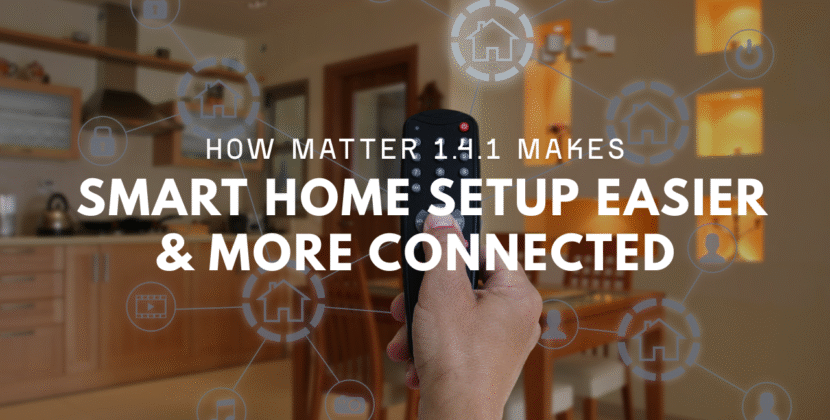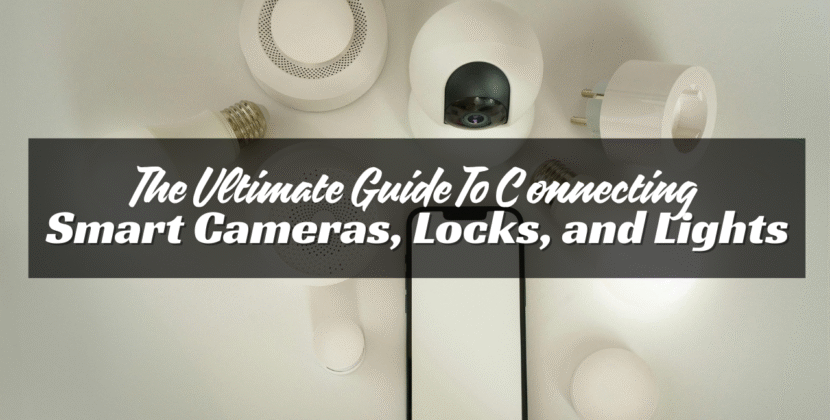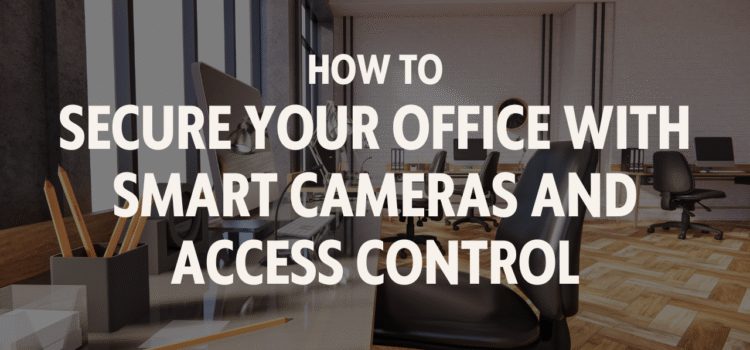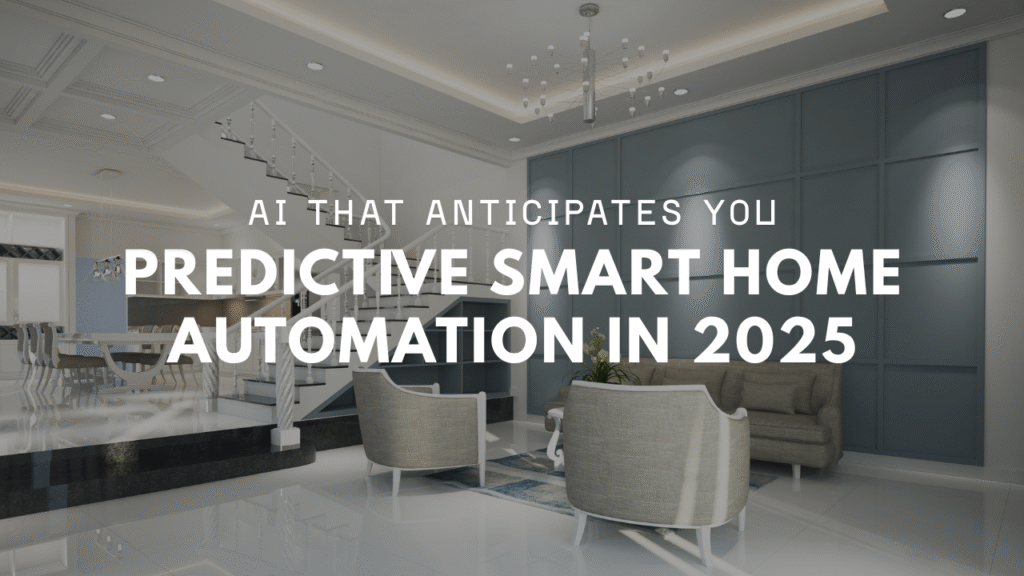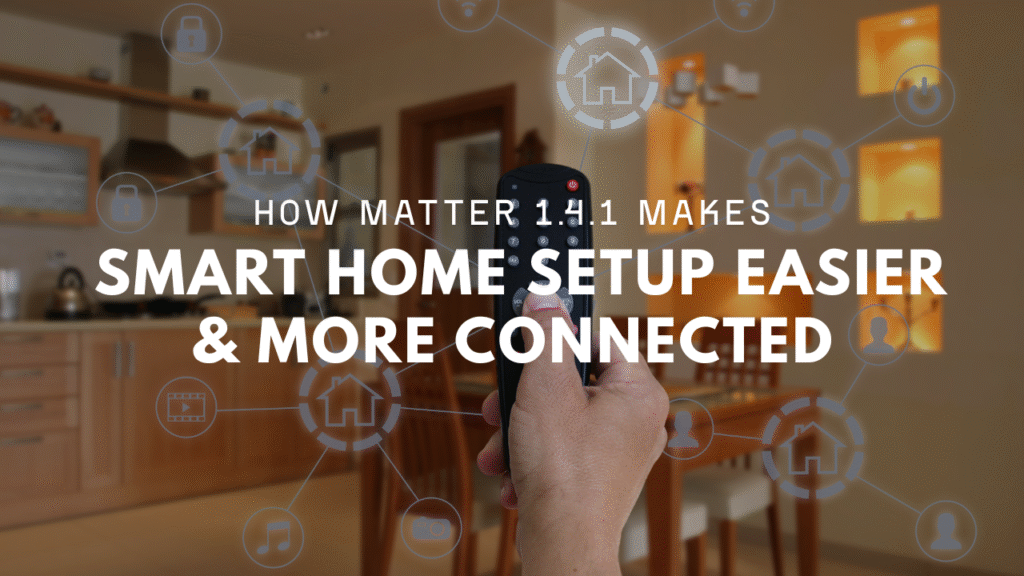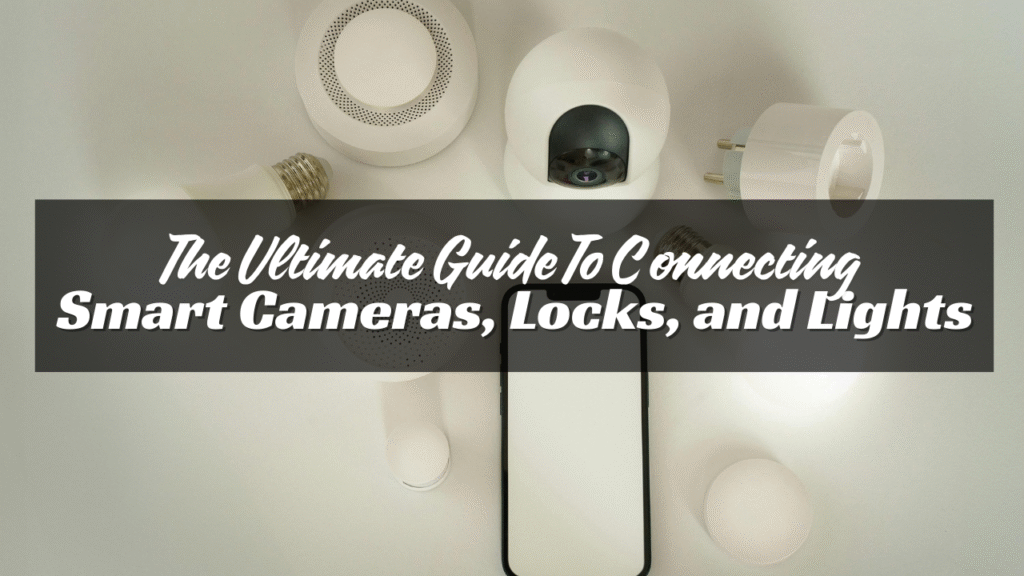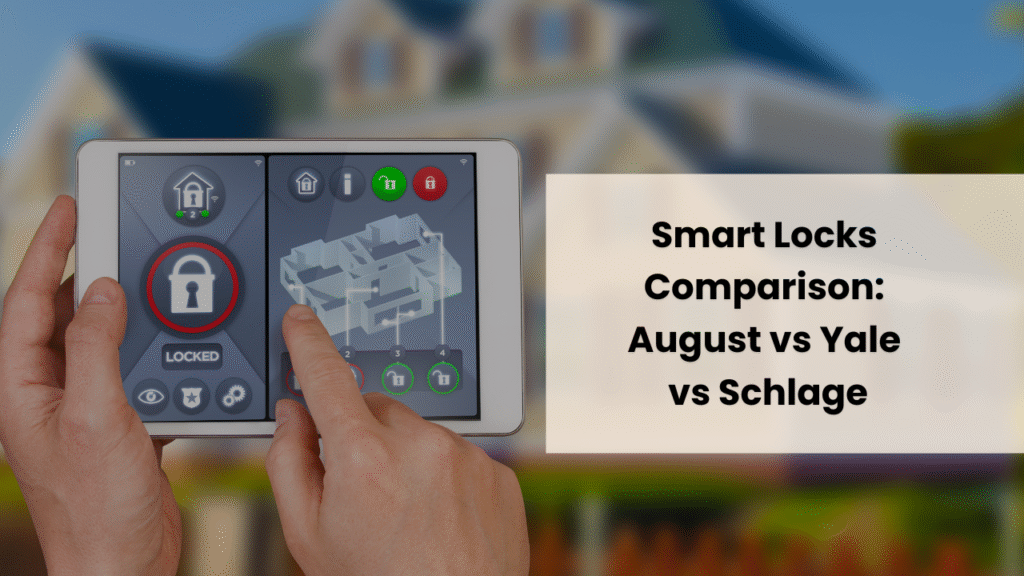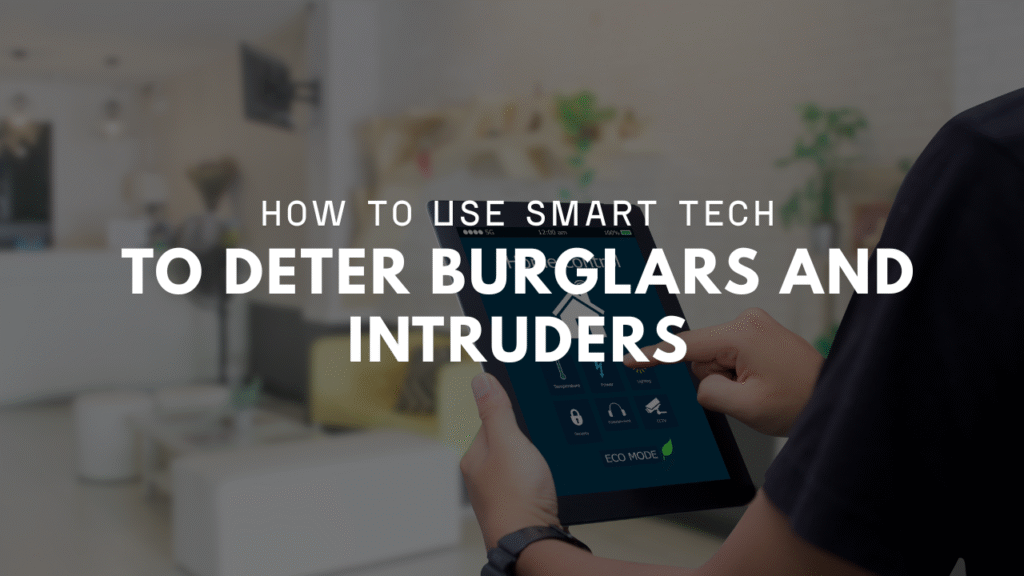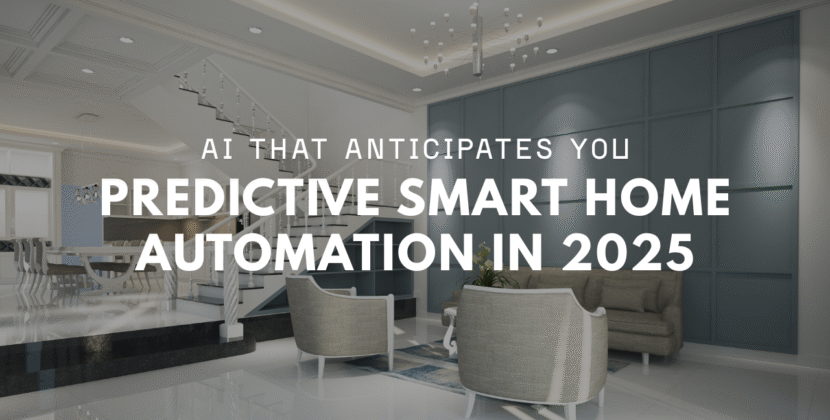
Keeping your office safe is important. You want to protect your staff, equipment, and data. Smart security tools help you do that without much effort. Smart cameras and access control systems are two of the best tools. They’re easy to use and give you more control over who enters your space and what happens inside. This guide shows how to set them up, what to look for, and how to get the most out of them.
Start with a Plan
Before buying anything, look at your office. Ask yourself:
- Where are the entry points?
- Where should I place cameras?
- How many people enter daily?
- What areas need limited access?
List the answers. This helps you buy only what you need. It also saves time and money.
What Are Smart Cameras?
Smart cameras record video and send alerts to your phone. They connect to Wi-Fi and can be checked from anywhere.
They come in many types:
- Indoor cameras
- Outdoor cameras
- Doorbell cameras
- Cameras with motion alerts
- Night vision Cameras
- Cameras with two-way talk
Some store footage in the cloud. Others save it to local storage like SD cards or a hub.
Picking the Right Smart Cameras
When choosing cameras for your office, look for these features:
- HD video (at least 1080p) – for clear faces and details
- Wide-angle lens – covers more space
- Motion detection – only records when something moves
- Infrared night vision – works in the dark
- Cloud or local storage – saves video for review
- Mobile app control – lets you check footage anywhere
Top brands include Arlo, Google Nest, Ring, Eufy, and Reolink. Most of these are easy to set up and offer good mobile apps.
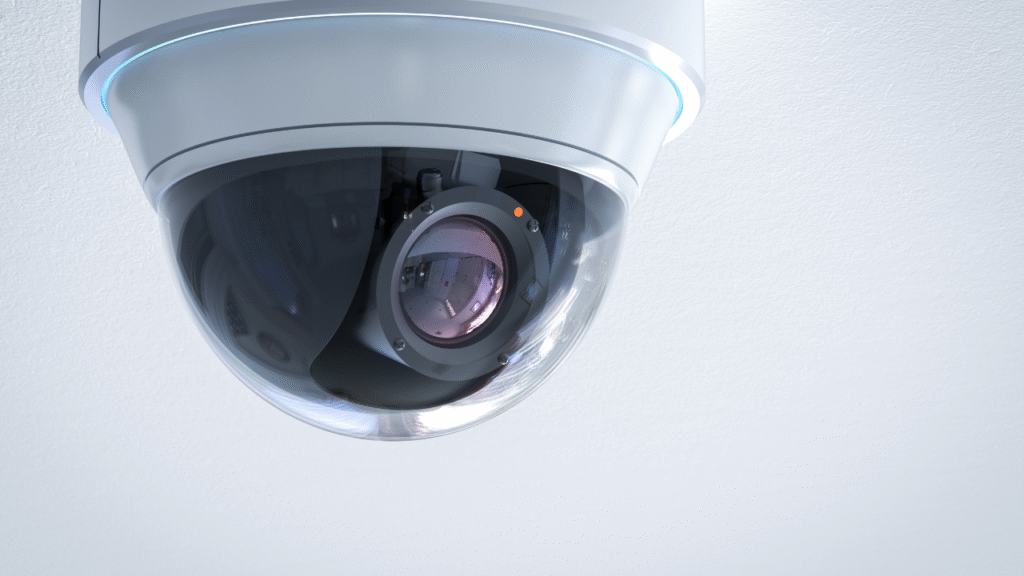
Where to Place Your smart Cameras
Good placement is key. Put cameras where they can help most. Common places include:
- Front door – See who comes and goes
- Reception area – Monitor visitors
- Work areas – Protect valuable equipment
- Back exits – Catch anyone using side doors
- Parking lot – Watch cars and outdoor activity
Mount cameras at eye level or slightly higher. Avoid placing them where light hits the lens directly. Use corner angles for wide views.
What Is Smart Access Control?
Smart access control systems let you manage who enters your office. You can unlock doors with a phone, code, or card. You can also limit access by time, role, or location. These systems replace old keys. You don’t need to worry about lost or copied keys. Common tools include:
- Keypads
- Card readers
- Mobile access via app
- Biometric scanners (like fingerprints or face recognition)
- Smart locks
Choosing the Right Access System
When picking an access control system, keep it simple but safe. Look for:
- Mobile app control – Grant or remove access from your phone
- Audit logs – Track who enters and when
- Remote unlock – Open doors from anywhere
- Backup power – Works even if power goes out
- User groups – Set different access for staff, cleaners, and guests
Good brands include Kisi, Yale, August, Schlage, and SALTO. Some work with smart locks and cloud-based platforms.
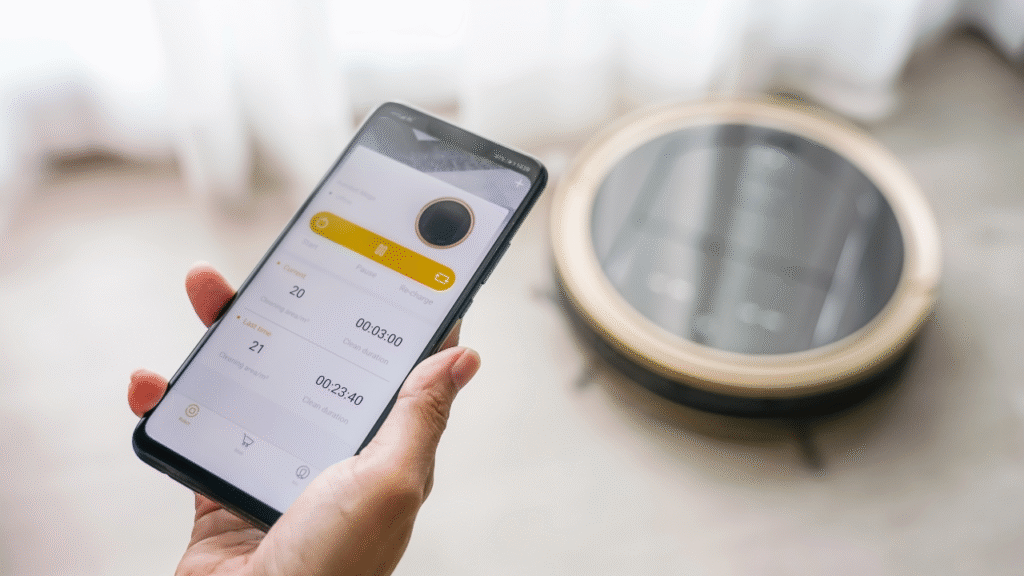
Where to Install Access Control
Think about which doors need control. Start with:
- Main entrance – First point of access
- Server room – Protects data
- Storage rooms – Secure supplies or stock
- Meeting rooms – Block off when not in use
Use electronic locks or magnetic locks. Both are strong and easy to use. Pair them with a reader or keypad.
Set Up Alerts and Logs
Smart cameras and access control systems send alerts to your phone or email. Set alerts for:
- Motion detection
- Door open or closed
- Unknown face or badge scan
- Repeated failed attempts
Check the logs often. Look for odd patterns, like access after hours or attempts to enter locked areas. Some systems let you save video clips with each entry. This gives you full info about each event.
Create Access Rules
Set rules for each group of users. Examples:
- Staff: access from 8 a.m. to 6 p.m. on weekdays
- Cleaners: access from 6 p.m. to 8 p.m.
- Guests: access only when invited
- Managers: full access at any time
This keeps things tight without being a hassle. You don’t have to give out new keys or change locks if someone leaves.
Link Systems Together
Smart security gets better when your tools work together. You can:
- Link cameras and door locks
- Unlock doors only when a known face is seen
- Start recording when someone opens a door
- Turn on lights when motion is detected
Use systems that support integration. Some use apps like Apple Home, Alexa, or Google Home. Others have their own software platforms.
Keep It Safe and Private
Security systems protect you—but you must protect them too. Do this:
- Use strong passwords
- Turn on two-factor login
- Update software often
- Limit who can change settings
- Review access logs weekly
Make sure employees know cameras are in place. Post clear signs. Don’t place cameras in private spaces like bathrooms or break rooms.
Review Your Setup Often
Every few months, check your system.
- Are cameras still working?
- Are they aimed right?
- Do you still get alerts?
- Do staff still need the same access?
Fix any problems early. Clean the camera lenses. Replace batteries if needed. Make changes as your office grows.
Conclusion
Smart cameras and access control systems make your office safer. They help you see what’s going on and control who enters. Start with a plan. Pick tools that match your space and needs. Set them up the right way. Use the app to monitor everything from your phone. Keep your system updated. Review alerts and logs often. Change access as needed.
Once set up, smart security doesn’t need much work. But it gives you peace of mind every day.

